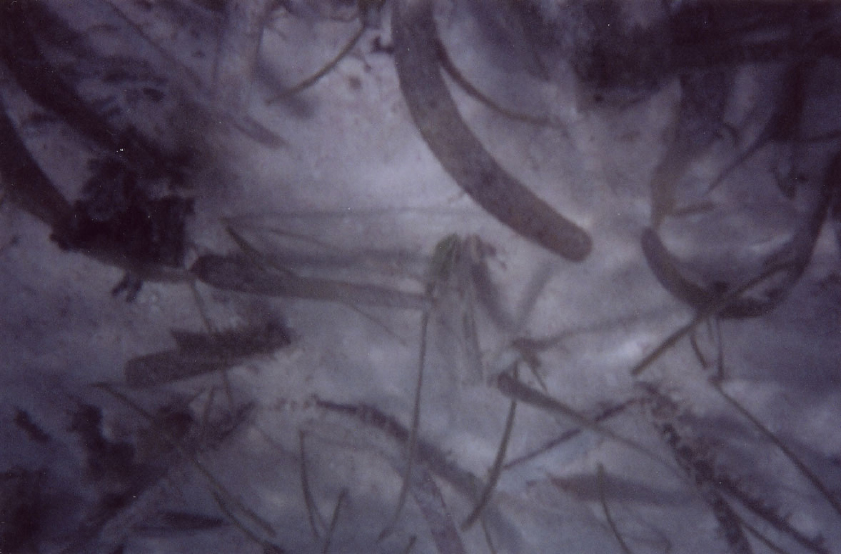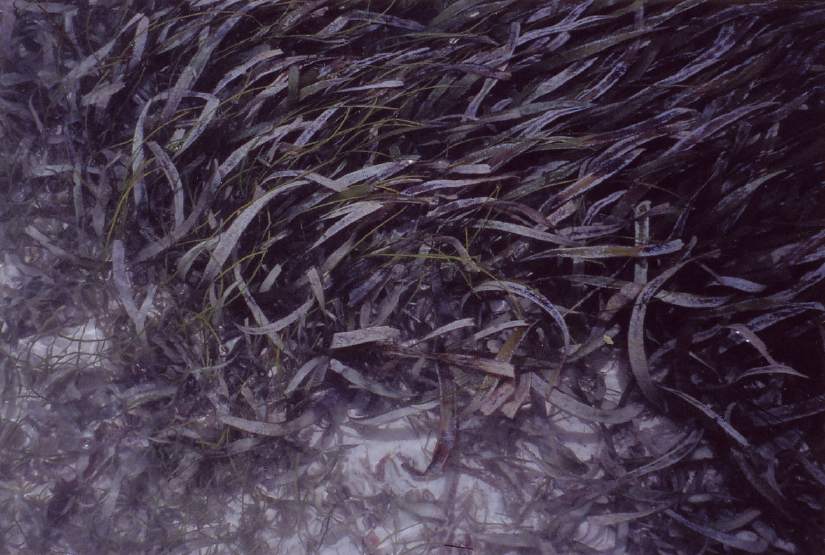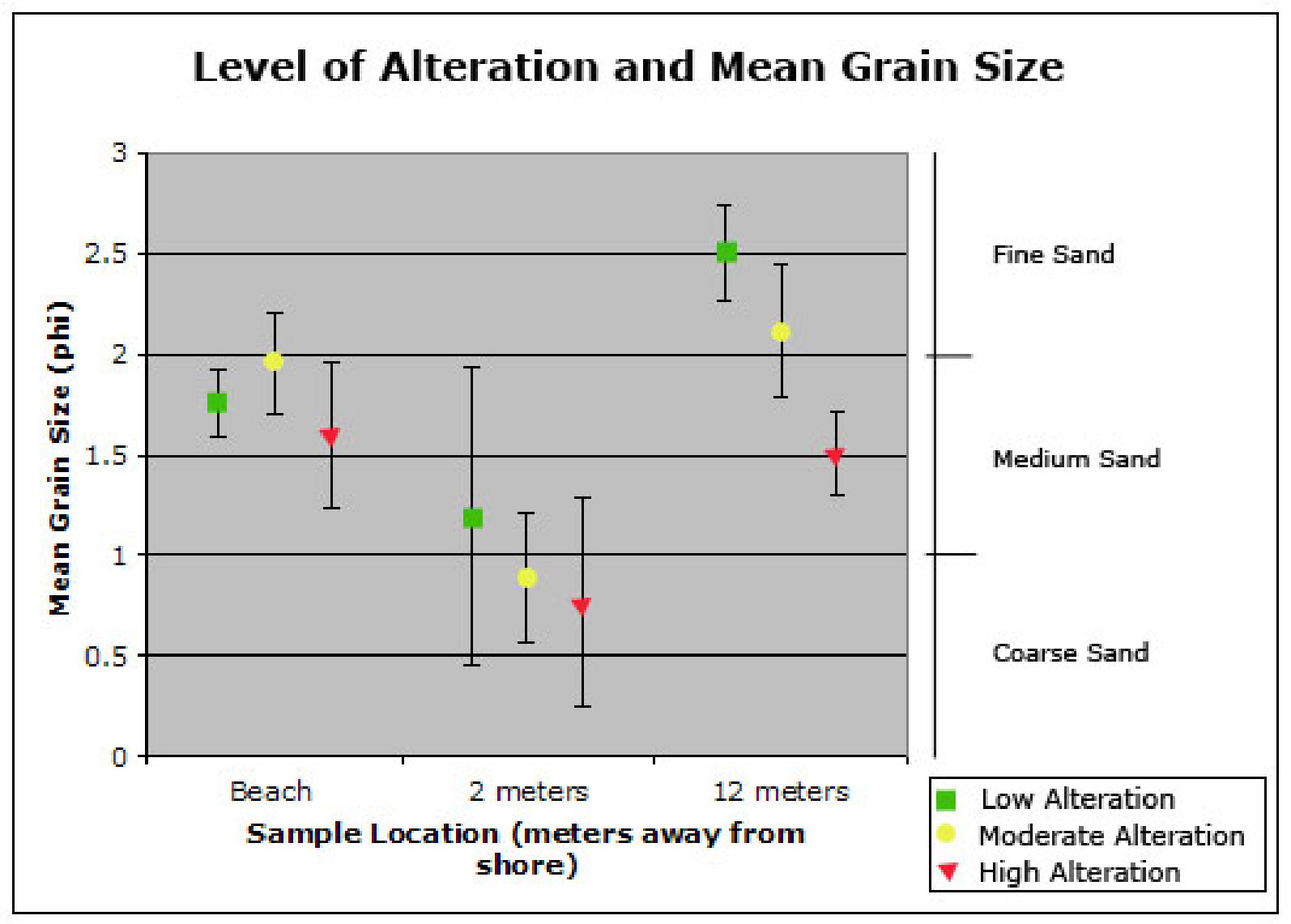

Tropical near shore seagrass beds provide essential habitat, play an important role in nutrient cycles, and structure the sediment dynamics along the coast, yet the ecological effects of beach replenishment on seagrass beds is poorly understood. Ten sites along the coast of Punta Cana, Dominican Republic, were chosen and classified by the extent to which beach replenishment, in the form of nourishment (sand addition) and construction of groins and other structures to change sediment flow, have altered the sites. At each site, seagrass and benthic invertebrates were sampled along five transects that ran out to sea perpendicular to the shore. In addition, abiotic measures of water quality and sediment grain size were assessed. The sites most heavily altered had significantly less seagrass bed cover, invertebrate abundance, and richness, which indicate that these sites have reduced overall biodiversity. Moderately altered sites also had significantly less seagrass bed cover than the low alteration sites, suggesting that the effects of replenishment extend beyond the immediate areas where beach construction activities were located. There was a non-significant trend for offshore sediment grain size to increase in more intensely altered sites. Larger grain size might be due to the loss of seagrass, which slows the current, and traps fine particles. This physical change may be contributing to the slow return of both benthic invertebrates and seagrass to the highly altered sites. Seagrass is a keystone species in this near shore habitat; it greatly influences both the biological and physical environment. Health and productivity of the near shore zone is essential in maintaining clear water, sandy beaches, and an abundance of reef fish. More research needs to be done in order to learn the most effective ways of balancing continued development with protection of these vital resources.
 |
 |
The photographs above show typical seagrass growth patterns. the photo on the left is an example of sparse seagrass growth. The photo on the right shows a dense bed of mixed turtle and manatee grass in the upper part of the photograph. The lower left of the photograph would be classified as moderate density sea grass. |
|
 |
Graph of average mean grain size at low, moderate, and high alteration. Standard error bars have been added. Note: The larger the phi, the smaller the grain size. In this study, areas with coarse grain size had lower benthic abundance in the swash zone, and past studies (Defoe and McLachlan 2005) have shown that small grain size is associated with higher species richness. Coarse grain size might be one of the factors responsible for the slow recovery of both the seagrass and the benthic invertebrates in the highly altered areas. |
Go to Science Research Projects.
Go to Learning Objectives of Research Project.
Return to E&ESJ home page.
Last updated: 19 January 2006, MKT.